Thinking about adding a small living space to your property but not sure if you should go with an ADU or a tiny home? You’re not alone. These two housing types often get confused, but there are key differences in how they’re built, where they can go, and how they’re used. Here’s a simple breakdown to help you decide what’s best for your goals and your lot.
What Is An ADU?
An ADU (Accessory Dwelling Unit) is a secondary residential unit on a property that already has a primary home. It can be attached (like a basement apartment) or detached (like a backyard cottage), but it must meet local zoning codes and be permanently built on a foundation.
ADUs are designed to serve as full-time housing—whether for family, guests, or renters—and they connect to the main home’s utilities. In East Atlanta, we’re seeing more and more homeowners add ADUs to increase property value or create flexible living space.
How Is An ADU Different From A Tiny Home?
Tiny homes and ADUs both offer compact, efficient living—but there are several important differences:
Regulations & Laws
ADUs are subject to local zoning laws and must follow building codes, permits, and inspections—just like any other permanent structure. Tiny homes, especially those on wheels, often fall under different rules. Many are classified as RVs and can’t legally be used as permanent residences in some areas, including parts of Georgia.
Utility Hookups
ADUs are typically connected to the main home’s water, sewer, and electricity. Tiny homes may use off-grid solutions like solar power or composting toilets, which can make them less convenient for everyday use—especially in urban or suburban settings.
Foundation
All ADUs are built on permanent foundations. Tiny homes can be mobile (on wheels) or placed on temporary supports, which affects how they’re regulated and how long they can stay in one place.
Pros and Cons of ADUs
Pros:
- More Living Space: ADUs can range in size, with some jurisdictions allowing up to 1,200 square feet—enough room for multiple bedrooms and bathrooms. That makes them ideal for multi-generational living, rental income, or a home office setup.
- Versatile Uses: Whether you’re creating space for aging parents, adult children, or planning to rent it out, ADUs are highly adaptable. They can even double as guest suites or flex spaces.
- Property Value Boost: Because they’re permanent structures built to code, ADUs can significantly increase your home’s market value. They’re seen as a smart, long-term investment.
- Rental Income Potential: With full kitchens, baths, and private entrances, ADUs can be rented out legally in many areas, making them a reliable source of extra income.
Cons:
- Higher Cost: ADUs are built to the same codes and standards as primary homes, which makes them more expensive than tiny homes. Depending on the design, finishes, and permitting, prices can vary widely.
- Regulatory Hurdles: Setbacks, height limits, and local zoning laws can affect what kind of ADU you’re allowed to build. Some areas even place restrictions on short-term rentals, which could impact your plans.
- Construction Timeline: From planning to permitting to final build, the ADU process can take anywhere from 9 to 12 months. It’s not a quick project, but it’s a thorough one.
Pros and Cons of Tiny Homes
Pros:
- Lower Upfront Cost: Tiny homes tend to cost less than ADUs since they’re smaller and often built on trailers, eliminating the need for a foundation. They’re a good option if budget is a primary concern.
- Mobility: Built on wheels or trailers, many tiny homes can be moved. That flexibility is great for nomadic lifestyles or those who aren’t ready to commit to one property.
- Eco-Friendly Living: With a smaller footprint, tiny homes use fewer materials and consume less energy. They also encourage minimalist living and reduced consumption.
Cons:
- Limited Space: Most tiny homes are under 400 square feet, which can feel tight—especially for couples or families. They’re best suited to solo dwellers or part-time use.
- Zoning Challenges: In many cities, tiny homes aren’t recognized as permanent residences. You may face legal barriers to parking, utilities, or even staying in one full-time.
- Depreciation: Unlike ADUs, which can increase your property value, tiny homes often depreciate like RVs or vehicles. That can make them less attractive as long-term investments.
Choosing The Right One For You
Start with your goals. Do you want to rent the space out? Host family members? Increase your property’s long-term value? An ADU is usually the better fit for those needs—especially if you want something permanent and fully legal.
If you’re looking for something temporary, mobile, or ultra-minimal, a tiny home might be worth considering—but check with your local zoning office before you invest.
It’s also possible to use a tiny home as an ADU—but only if it’s on a foundation and meets all the same building codes. If it’s on wheels, it usually doesn’t qualify.
Build An ADU Today With SmartSpaces ADUs
If you’re in East Atlanta and considering adding an ADU, we’re here to help. SmartSpaces ADUs specializes in designing and building code-compliant ADUs that fit your property, your budget, and your long-term goals.
Let’s talk about what’s possible in your backyard. Contact us today or examine our models.



